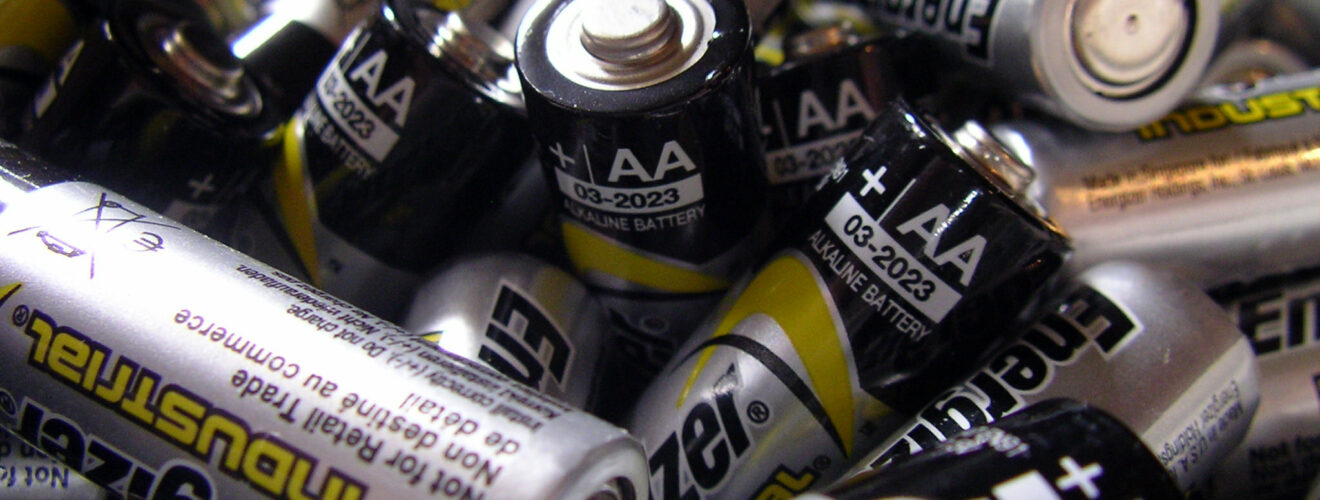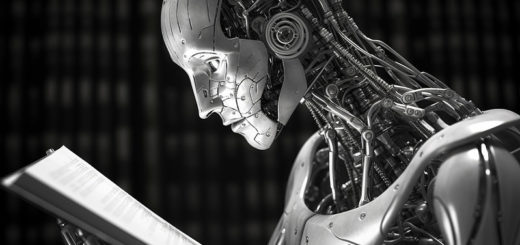Human Gut Inspires Long-life Battery

Our modern lifestyles are restricted by battery life. Our smartphones, laptops and tablets keep us in contact with others, allow us to work, save us when we get lost; we can’t afford for our phone battery to die before the end of the day! For years we have been teased with the prospect of a next-generation battery which will power our lives for longer. Unfortunately this battery has remained out of reach… until now. Could the human intestine hold the answer to longer battery life?
In their simplest form, batteries consist of an anode, a cathode and an electrolyte solution. Positively charged lithium ions move from the anode to the cathode via the electrolyte solution, hence the name ‘lithium-ion batteries’. Eventually the anode runs out of lithium ions, at which point the battery needs to be recharged. During recharging the lithium ions move back to the anode and the process can begin again. The ability to recharge allows a battery to be reused thousands of times. Unfortunately the repeated charging and recharging of the battery causes the anode and cathode to physically dissolve, gradually reducing their ability to perform. You may have noticed this effect when your phone’s battery life becomes shorter over time. Eventually the slow dissolving kills the battery completely.
Researchers recognise that an anode and cathode made of sulphur and lithium would provide more available ions to flow between the two before the battery would need to be recharged. Unfortunately, one of the limitations of a lithium-sulphur battery is that the anode and cathode dissolve more quickly, such that the ultimate lifespan of the battery is shorter. This has hindered their production for commercial use. Researchers have been hunting for a way to extend the lifespan of the lithium-sulphur battery. A recently published paper has revealed that one solution has been inside us all along1.
The human intestine is lined with small, finger-like protrusions known as villi which trap products of digestion for absorption. A recent collaboration between researchers at the University of Cambridge and the Beijing Institute of Technology have taken inspiration from these villi to improve the operation of lithium-sulphur batteries{ref 1}. The researchers have developed a layer to surround the cathode and anode, similar in structure to the villi of the small intestine, which will trap dissolving parts of the electrodes to keep them available for the charging and recharging process. This is the first time a solution of this style has been proposed. The researchers have shown that their idea will allow more charges and recharges of a lithium-sulphur battery than was previously possible, but still not as many as the current lithium-ion batteries allow. Although this paper has provided a step in the right direction, the lithium-sulphur battery requires further development before it can be made commercially available. Although, with the recent explosions of a certain smartphone battery, I’m sure we can all agree to wait a few extra years to allow detailed research!
References
- Teng Zhao, Yusheng Ye, Xiaoyu Peng, Giorgio Divitini, Hyun-Kyung Kim, Cheng-Yen Lao, Paul R. Coxon, Kai Xi, Yingjun Liu, Caterina Ducati, Renjie Chen, R. Vasant Kumar. Advanced Lithium-Sulfur Batteries Enabled by a Bio-Inspired Polysulfide Adsorptive Brush. Advanced Functional Materials, 2016. For more information see 10.1002/adfm.201604069










